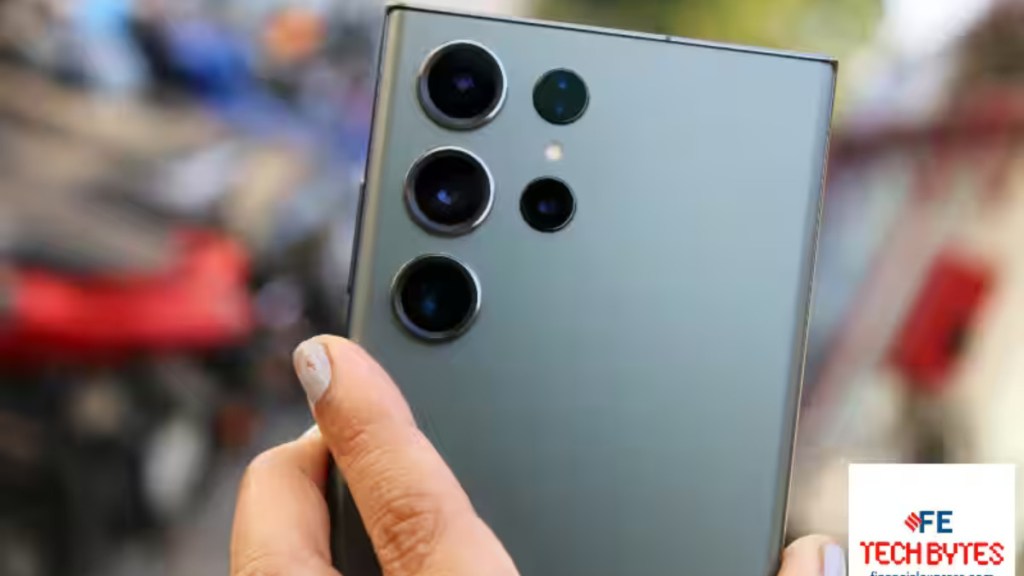With social media seeing a rise in popularity, smartphone cameras have become more important than ever. People are using their phones to capture photos and videos of everything, right from documenting their daily lives to sharing special moments with their friends and family. As a result, there is a spike in demand for camera phones than are capable of taking good quality photos and videos under all types of conditions.
The camera phone market is rapidly evolving with new models launching almost every day. This can make it difficult to keep a track of all phones that have launched and pick the best one for oneself. However, there are few factors that can be looked at before selecting the best camera phone. First is the number of mega pixels. While this may not be the only factor to determine to quality of the camera, but it can sure be something to start with. Next factor that can be kept in mind is the size of the sensor. A large sensor will help more light hit the camera resulting in well-lit photos even in low-light conditions. Last factor to consider should be the quality of the sensor. A high-quality sensor will give better photos with less distortions.
The camera phone market is flooded with options. You have numerous phones, each claiming to offer something better than the other. In such case, it can be confusing to choose the best phone. To end this confusion, we have made a list of smartphones that we feel are capable of clicking DSLR-like images and are totally worth the money spent on it.
Samsung Galaxy S23 Ultra: The Samsung Galaxy S23 Ultra is the star of the S23 series. The smartphone features a quad-camera set up with a 200MP main camera that comes with OIS and PDAF support. This is accompanied by a 12MP ultra-wide camera, a 10MP 3x telephoto lens and 10MP 10X telephoto lens.
ALSO READ l Samsung Galaxy S23 Ultra review: King of slab phones
The main camera has a large 1/1.3″ sensor and 0.6µm pixels that captures more light and details in photos than previous Galaxy models. The ultra-wide camera has a 120-degree field of view so you can capture more of shots in one frame. The telephoto cameras offer upto 100x zoom so you can have your shots up and close without too much of moving. Samsung has also added few software tricks to the camera set up so that photography becomes an experience when clicking from S23 Ultra.
Xiaomi 13 Pro: The camera system is one of the major highlights of Xiaomi 13 Pro. The phone has triple camera arrangement on back including a 50MP main sensor (the same “true 1-inch-type” Sony IMX989 as the Xiaomi 12S Ultra) behind an f/1.9 aperture lens with optical stabilisation, a 50MP ultrawide-angle with 115-degree field-of-view (there is autofocus so it can double as macro), and another 50MP telephoto sensor behind an f/2.0 floating lens for 3x optical zoom. You can choose between two photographic styles including Leica Authentic and Leica Vibrant. The smartphone offers a choice of custom portrait lens effects from 35mm to 90mm.
ALSO READ l Xiaomi 13 Pro: The shooting star | Hands-on and first impressions
Vivo X90 Pro: The Vivo X90 Pro is another high-end with a triple-camera system on the back, consisting of a 50MP main camera with a 1-inch sensor, a 50MP portrait camera, and a 12MP ultra-wide camera. The front-facing camera is 32MP.
The X90 Pro also has a number of advanced camera features, such as ZEISS Natural Color 2.0, Pro Imaging Chip V2, and Cinematic Video Mode. These features help to take your photos and videos to the next level. The 50MP main camera with a 1-inch sensor allows the X90 Pro to take in more light resulting in better photos in low-light conditions. The 50MP portrait camera uses a different sensor than the main camera and is designed to take sharp, detailed portraits with natural-looking skin tones. The ultrawide camera has 108° field of view, which is wider than most other ultra-wide cameras on the market.
iPhone 14 Pro: Apple’s iPhone 14 Pro is the headliner of the series. The smartphone comes with triple camera arrangement on back including a 48MP main sensor that’s claimed to be 65 percent larger than the one on the iPhone 13 Pro. This is accompanied by a 12MP ultra-wide camera, and a 12MP telephoto camera. The front-facing camera is also 12MP.
ALSO READ l iPhone 14 Pro, iPhone 14 Pro Max hands-on: A bitter pill for Android brands to swallow?
The main camera is the star of the show. It has a large sensor and a fast aperture, which allows it to take in more light and capture better photos in low-light conditions. The ultra-wide camera is also very good. It has a wider field of view than the main camera, which is great for capturing landscapes and group shots. The telephoto camera is also capable of taking great photos. It has a 3x optical zoom, which allows you to zoom in closer to your subjects without compromising on the quality.
The iPhone 14 Pro also has a number of advanced camera features, such as Cinematic Video Mode, ProRes video recording, and Smart HDR 4. These features help to take your photos and videos to the next level.
Oppo Reno 10 Pro Plus: The Oppo Reno 10 Pro Plus is a high-end smartphone that was released in last month. It has a triple-camera system on the back, consisting of a 50MP main camera with a Sony IMX890 sensor, a 64MP telephoto portrait camera, and an 8MP ultra-wide camera. The front-facing camera is 32MP. The main camera is capable of taking stunning photos in low-light conditions. The large sensor and fast aperture allow the phone to take in more light, resulting in photos that are bright, detailed, and free of noise.
ALSO READ l Oppo Reno 10 Pro Plus launched with 64MP portrait camera, 100W fast charging; Oppo Reno 10 Pro, Reno 10 also tag along
The AI portrait mode helps to blur the background and keep the subject in focus, resulting in photos that look professional. The Reno 10 Pro Plus’s ultra-wide camera takes great photos of landscapes and group shots. The wider field of view allows you to capture more of your surroundings in a single shot. The 3x optical zoom allows you to zoom in closer to your subjects without losing quality. The 120x digital zoom is also very impressive, and it allows you to zoom in to subjects that are very far away.
Follow FE Tech Bytes on Twitter, Instagram, LinkedIn, Facebook.








